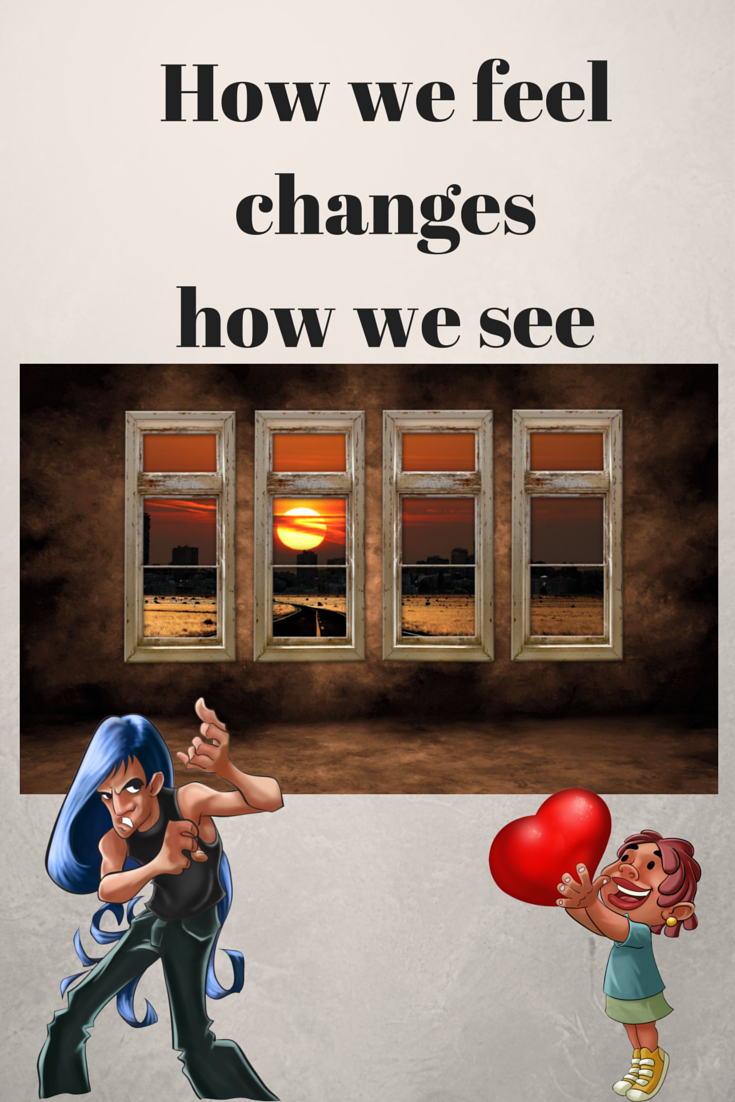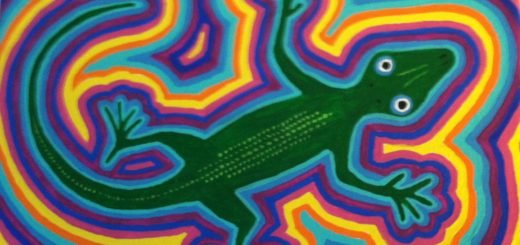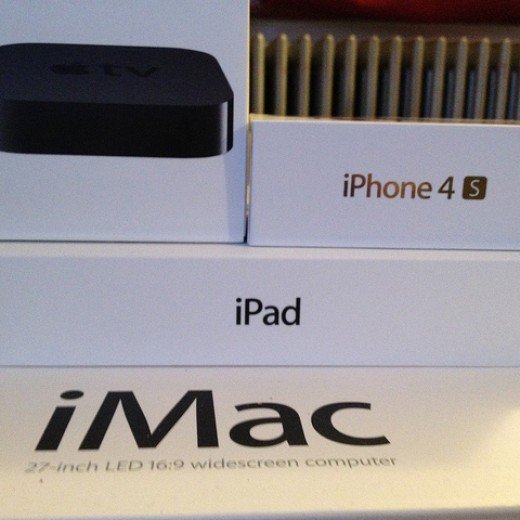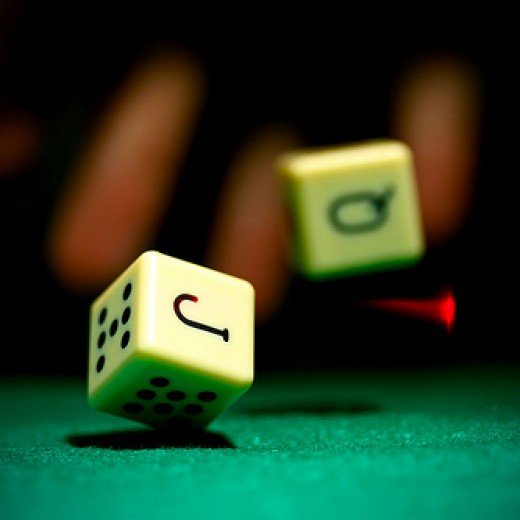Why In The World a Screenwriter Worries About Description by Jackie Blain
Join me as we welcome back columnist Jackie Blain as she shares with us why in the world a screenwriter would worry about description. Enjoy!
***
You’re probably wondering why in the world a screenwriter would worry about description. After all, don’t we just write dialogue and action?
Well, no. Not entirely. We have to think in visuals, just like any creative writer does. But we have to pare down those visuals into a few words, to create tone and setting in a way that’s almost like poetry.
And that means we really have to feel that setting. Get into our characters’ and story’s heads, if you will, so we can convey see their world through their emotions.
Here’s an exercise I use all the time with my screenwriting students to help them “feel” a place.
Part One
- You’re having the best day ever! The person you care about most has just done something to remind you of that. The weather is perfect. Your writing is going brilliantly. All’s right with the world.
- Close your eyes. Feel that feeling. Picture what happened to get you there. Who did what? What does perfect weather look like? What brilliant idea or bit of writing has been happening?
- Now… filled with that sense of wonderfulness, walk into your kitchen. Look around. What do you see? What color are the walls? The counter? Is there light coming in the window? What textures? Smells? Memories? How do you feel?
- Open your eyes and write a paragraph about being in the kitchen.
- Get up and stretch… and get ready for the next part.
Part Two
- You’re having the worst day ever! The person you care most about has been horrible to you. Your writing sucks. You have writer’s block. The weather is awful. You don’t have any clean clothes…
- Close your eyes. Feel that feeling. Who did what? What’s awful about the weather? How high is the mountain of dirty clothes?
- Now… filled with the worst mood ever, walk into your kitchen. Look around. What do you see? What color are the walls? What’s the quality of the light? What textures? Smells? Memories? How do you feel?
- Open your eyes and write a paragraph about being in the kitchen.
Part Three
Compare the two paragraphs. I’ll bet you the descriptions are VERY different.
- In a good mood, you don’t even see the dirty dishes – they just look like an excuse to play in soap suds. In a bad mood, you’re ready to throw them across the room.
- Good mood: the walls are Tuscan brown. Bad mood: deadly beige.
- Good mood: the burned out light bulb makes the place cozy. Bad mood: there are gremlins in the corner.
Once you look at a setting through the eyes of your character – and the mood they’re in – the place changes, and your description of it changes because you want your reader to feel just as good, or bad. It’s a way to tie scenes together, too, which I’ll talk about in another post.
For now, put your main character through this exercise… you never know what you’ll find!
***
ABOUT THE AUTHOR
Jackie Blain is a writer, screenwriter, writing teacher and member of the Writers Guild of America who works with dedicated screenwriters and filmmakers to make their work the best it can be… and remember that they got into this writing thing because of passion and fun. She lives in Brooklyn NY with two cats who, she suspects, hate the heat and wish they were still in Oregon.More about Jackie Blain’s courses, consultations, and evaluation services for screenwriters and filmmakers here.








